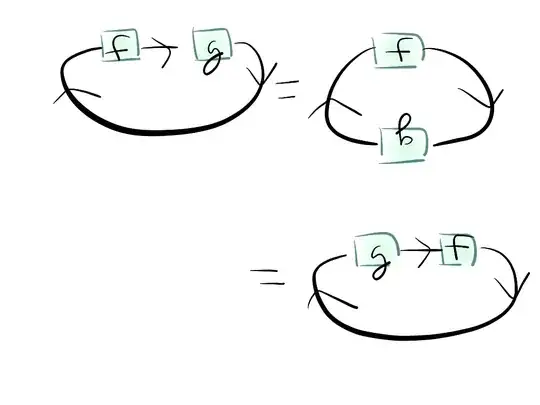I am searching for a short coordinate-free proof of $\operatorname{Tr}(AB)=\operatorname{Tr}(BA)$ for linear operators $A$, $B$ between finite dimensional vector spaces of the same dimension.
The usual proof is to represent the operators as matrices and then use matrix multiplication. I want a coordinate-free proof. That is, one that does not make reference to an explicit matrix representation of the operator. I define trace as the sum of the eigenvalues of an operator.
Ideally, the proof the should be shorter and require fewer preliminary lemmas than the one given in this blog post.
I would be especially interested in a proof that generalizes to the trace class of operators on a Hilbert space.
